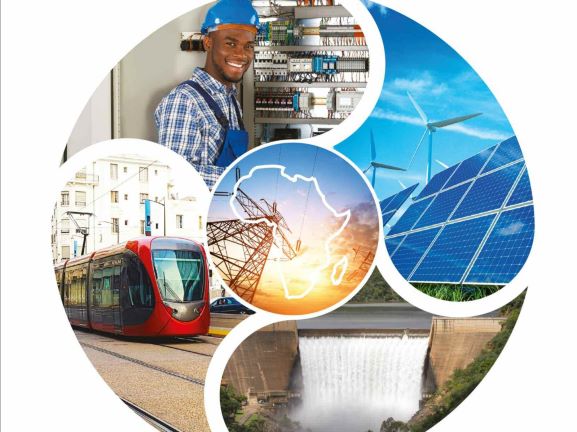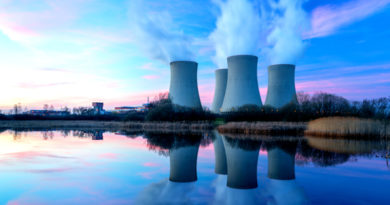Botswana, Namibia Look To Ramp Up Capacity To 5GW For Green Hydrogen Project
 Africa Gets Going
Africa Gets Going
Africa Solar Industry Association (AFSIA), the premier solar trade body of the continent, has held that the renewables energy sector is on the rise, pointing to how Botswana and Namibia have decided to expand the renewable energy powered green hydrogen projects to 5 GW which is about four times the size of the present capacity. Current capacity of green hydrogen in this part of Africa hovers around 1 GW.
AFSIA’s Chief Executive Officer (CEO), John van Zuylen presented his organization’s annual report for 2021 on a webinar when he held that this particular project, among many others, is evidence of the fact that Africa has a strong large scale solar pipeline.
The CEO also apprised that five new solar projects are coming up in South Africa that will have a total generation capacity of 975MW. Besides, a good 1GW solar project was launched in Algeria in 2021. Van Zuylen said that Africa’s share in the solar capacity on the world map declined from 3.1 per cent to 0.5 per cent three years ago as solar capacity surged across the world. But the new trajectory of renewables’ sector has given a new leash of life to Africa. He said that developments in commercial, industrial, mini-grid and solar home system segments are encouraging for all.
He added that SHS has done great in entire Africa in 2021 as there were about 20 million SHS units in Africa that benefited over 100 million people. Though Kenya is leading the charge in the, typically single-panel SHS household solar market, at the head of strong East African regional activity, West Africa also recorded strong figures last year.
The annual report of AFSIA says that in 2021, the size of the systems sold became smaller than in the previous year but more units were shifted and there was increasing adoption of such small scale solutions to power irrigation and cold storage. It also said that the cheaper energy storage technology and the freer availability of finance helped fire a booming commercial and industrial solar market last year.
As far as the mini grid market is concerned in 2021, Nigeria Uganda and Sierra Leone boasted strong performance, even if only 49MW of generation capacity was provided by such off-grid networks across the continent during the last 12 months. But AFSIA is apprehensive about the overall scenario of this segment as there is still a gap between project announcements and delivery. The CEO opines that a mere 30% of the mini-grid projects announced in 2020 materialized.
AFSIA opines that the member states that have great renewables capacity should try to utilize the green hydrogen for the manufacture of domestic ammonia and fertilizers instead of simply considering the export of this essential resource. It said that Algeria, Namibia and South Africa should give heed to this. There is also a great demand for photovoltaic from mining and telecom sectors but a favourable legislation may help drive the renewables sector in future.




